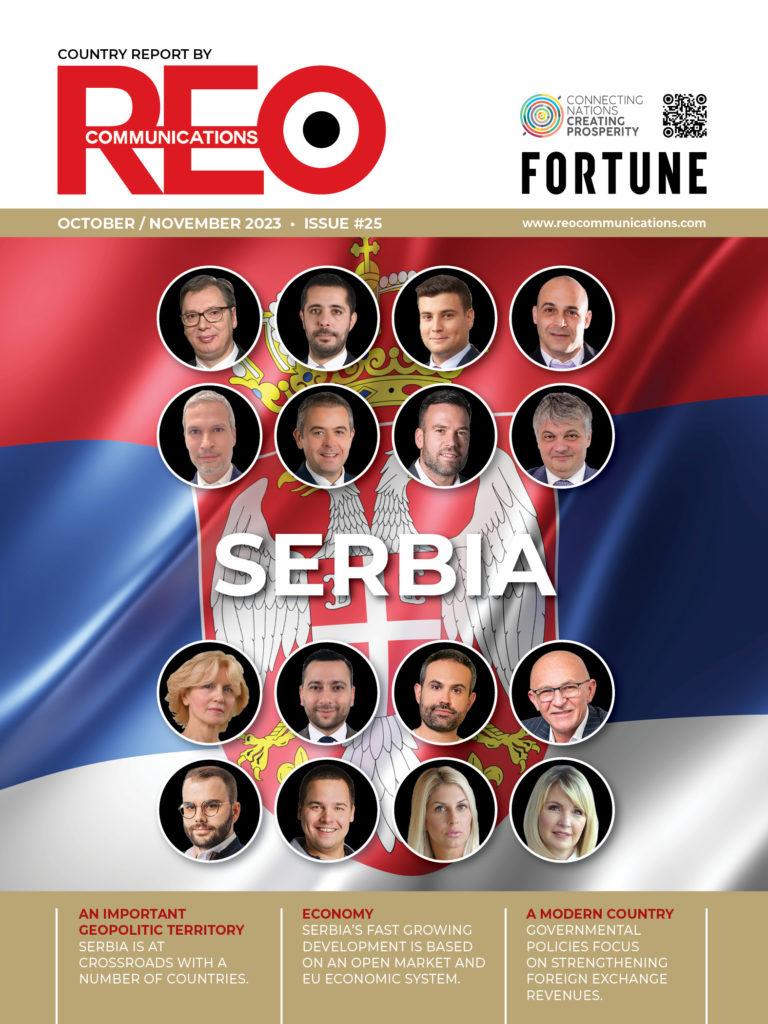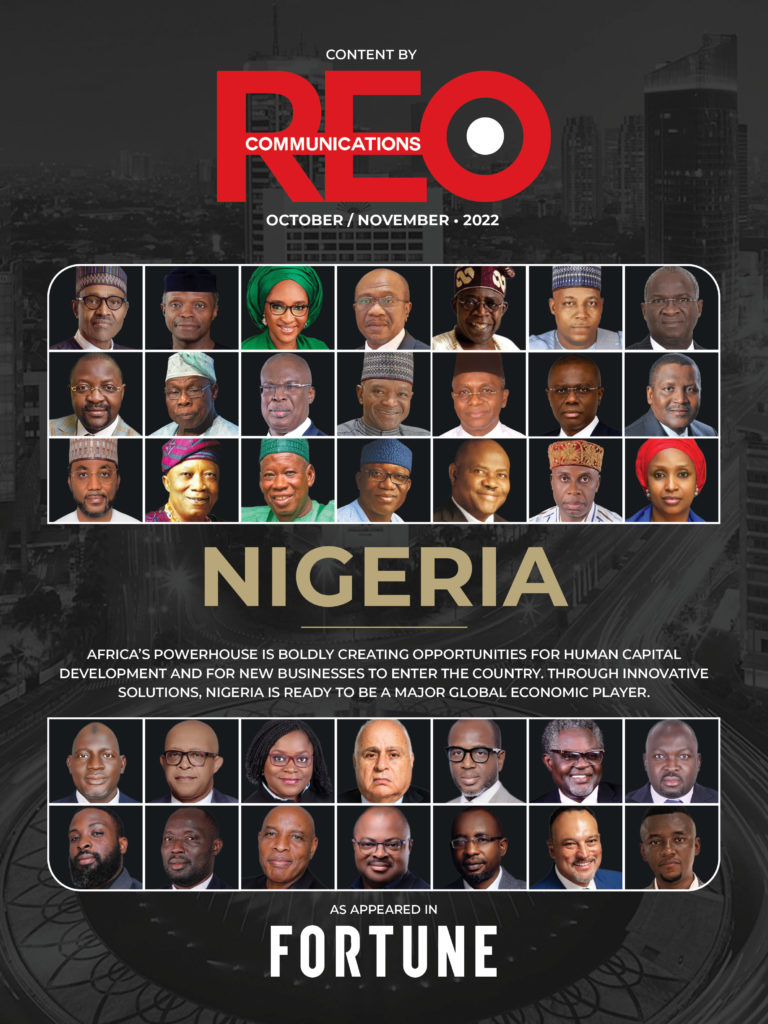We pride ourselves on our ability to collate authentic, comprehensive and informative reports upon economic, business and governmental projects. These provide the latest updates on potential investment opportunities and elevate emerging markets to visibility. REO distinguishes itself through its exhaustive firsthand interviews with the greatest leaders and finest minds in the countries it researches.
Our goal is to create effective and groundbreaking reports that achieve client objectives and renders return on investment.





































